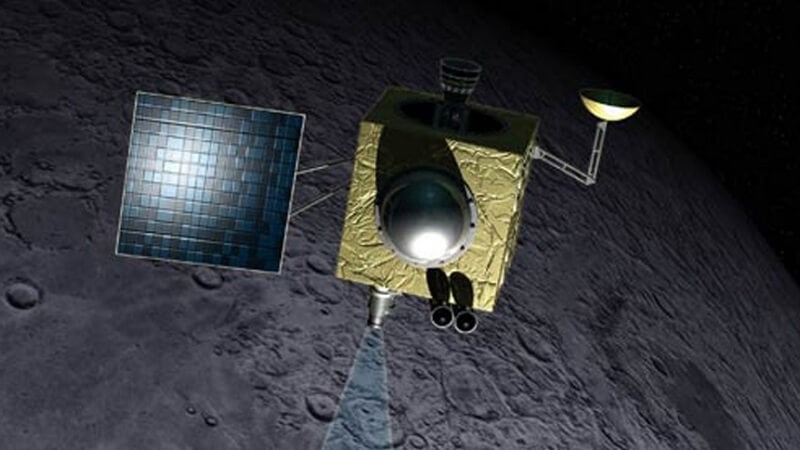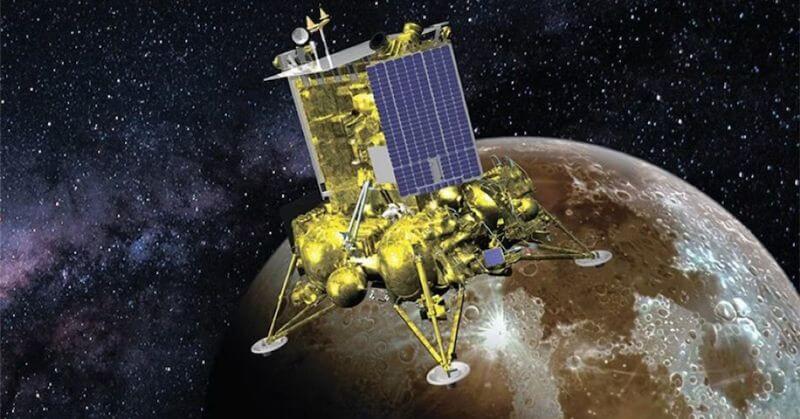Russia’s first lunar mission in the last 47 years, the Luna-25, has ended in failure after the spacecraft crashed into the moon’s surface on August 20, 2023. The Luna-25 mission cost an estimated $200 million, which covered a wide range of expenses, including building the spacecraft, developing the scientific instruments, and launching the mission. Continue reading to know more about the mission.
When Was The Luna-25 Launched?


The Luna-25 spacecraft was launched on August 10, 2023, and was expected to land on the moon’s south pole on August 24, 2023. There was a race going on between the Luna-25 and the Indian aircraft Chandrayaan-3, which was launched on July 14. Both were expected to reach the moon between August 21 and 23.
However, the spacecraft encountered a problem during its final descent and crashed into the moon’s surface. The Russian space agency Roscosmos said that the spacecraft appeared to have “ceased its existence” after a failed orbital adjustment.
The Luna-25 was designed to study the moon’s surface and subsurface, with a particular focus on the water ice. That is believed to exist in the permanently shadowed craters at the moon’s South Pole region. The spacecraft was equipped with state-of-the-art scientific instruments, including a drill that was designed to collect samples from the moon’s surface. The spacecraft ran into difficulties and reported an “abnormal situation”.
Why Did The Mission Fail?
The failure of the Luna-25 mission is a setback for Russia’s space program, which has been struggling in recent years due to a lack of funding and technical problems. The country’s last lunar mission was in 1976, during the Soviet era.
The cause of the Luna-25 crash is still under investigation. But Roscosmos has said that it was likely due to a technical failure during the spacecraft’s final descent. The agency has also said that it will continue to pursue lunar exploration, despite the setback. As reported by the agency, “The apparatus moved into an unpredictable orbit and ceased to exit as a result of a collision with the surface of the moon.”
The Luna-25 crash is a reminder of the challenges and risks involved in space exploration. Despite the best efforts of scientists and engineers, space missions can still fail due to unforeseen technical problems or other factors. However, these failures can also provide valuable lessons and insights that can be used to improve future missions.
Long story short, the Luna-25 mission ended in failure after the spacecraft crashed into the moon’s surface. The mission was designed to study the moon’s surface and subsurface, with a particular focus on the water ice that is believed to exist in the permanently shadowed craters at the moon’s poles. The cause of the crash is still under investigation. But Roscosmos has said that it was likely due to a technical failure during the spacecraft’s final descent. Despite the setback, the agency has said that it will continue to pursue lunar exploration.
Follow Us: Facebook | Instagram | Twitter |
Youtube | Pinterest | Google News |
Entertales is on YouTube; click here to subscribe for the latest videos and updates.

